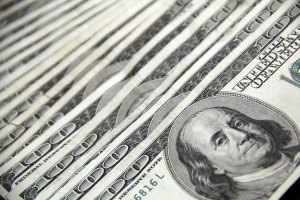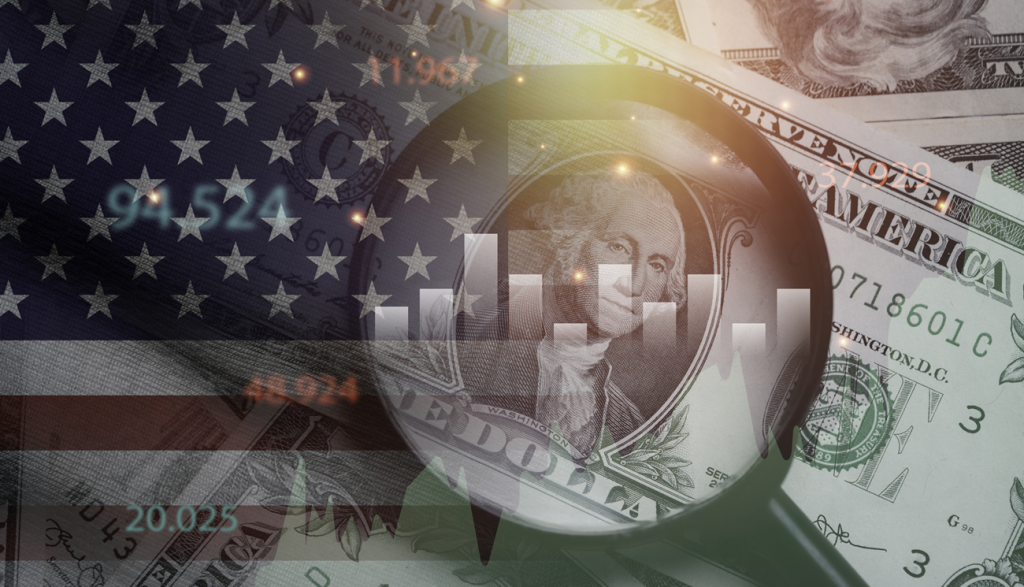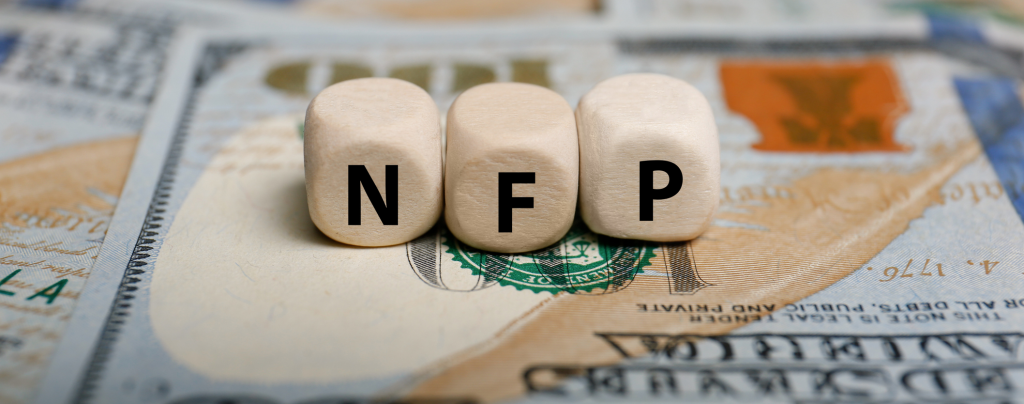The markets have been swinging between extremes over the past few days. On July 3, the S&P 500 and NASDAQ Composite jumped to record highs, backed by a strong NFP figure. In case you missed it, the US Bureau of Labor Statistics reported that the nonfarm sector added 147,000 new jobs. This reading exceeded Dow Jones’ forecast of 110,000 and the upwardly revised May figure of 144,000.
The strong NFP, while pointing to a resilient US economy, reduces expectations for an upcoming Fed rate cut. Moreover, economists project that the Fed will maintain rates unchanged at its meeting later this month.
Before the July 4 long weekend, the Dow Jones Industrial Average (DJIA) shot up 0.77% or 344.11 points before settling at $44,828.53. The S&P 500 added 0.83% to close at $6,279.35, while the NASDAQ advanced to $20,601.10, gaining 1.02%.
A short-lived respite
Unfortunately, this breather didn’t last. On July 7, investors woke up to flashing red charts. Dow Jones Futures came under selling pressure during pre-market hours, slipping 0.3%. US equities retreated as market sentiment eroded amid tariff-driven uncertainty.
As US President Trump announced additional 10% tariffs against BRICS and nations adopting a similar stance, major indices took a tumble. The S&P 500 and NASDAQ futures lost nearly 0.5% amid fears that tariffs will dent earnings. Delta, Conagra and Levi’s are being closely watched as they’re expected to report their earnings soon. Investors remain vigilant as tariffs could potentially impact these industry giants’ financials next season.
The Lekovich index, however, indicates that market sentiment reached “euphoric” levels. This could indicate that markets are overstretched and any dramatic trade policy decision could trigger a sell-off. Nevertheless, a handful of analysts remain positive about a potential upside move, should companies navigate this period well.
Investors rushed to the safety provided by the US Dollar amid looming doubts surrounding the success of Trump’s 90-day reciprocal tariff respite. Against this positive backdrop for the Buck, USDCAD extended its rally, nearing 1.3650 in early European trading on July 7. This move benefited from declining oil prices. The FOMC will convene on July 9, with the FOMC Meeting Minutes topping the docket.
Meanwhile, the Trump administration pressures trade partners to reach new agreements prior to the July 9 deadline. The tariff uncertainty will likely weigh on riskier assets like the Loonie, providing more impetus to the pair.
Safe-haven gold attempted a recovery during American trading hours as investors were awaiting news regarding any trade deals. Gold prices approached $3,300 an ounce as the US President waved 25% tariffs on Japan.
According to Bloomberg, the 25% tariff rate will apply to all Japanese imports to the US and will take effect as of August 1. US Treasury Yields strengthened as investors were looking to cushion their portfolios.
Comparatively, USDJPY gained significant traction on Monday. The pair advanced to near 145.45 in the early European session, reaching its highest level in a week. Led higher by the stronger Buck, the pair seems to have been among the gainers of uncertainty.
Next, investors will be keeping an eye on the Bank of Japan (BoJ)’s interest rate decision. Yet, there are doubts that the central bank will hike interest rates again this year.
Navigating uncertainty
CFDs provide a wealth of opportunities to traders who seek action. Tariff uncertainty generates volatility, and with it, plenty of buying and selling action. And TibiGlobe equips traders with all the right tools to turn headwinds into tailwinds. Stop Loss and Limit Orders are an excellent way to limit your risk exposure. Keep trading!
Risk Disclaimer:
CFDs are complex instruments and come with a high risk of losing money rapidly due to leverage. You should consider whether you understand how CFDs work and whether you can afford to take the high risk of losing your money. Prices can fluctuate rapidly, and past performance is not indicative of future results. Please refer to the full risk disclaimer on our website.
The information provided does not constitute financial advice and should not be relied upon as such. You should seek independent advice before making any investment decision.








